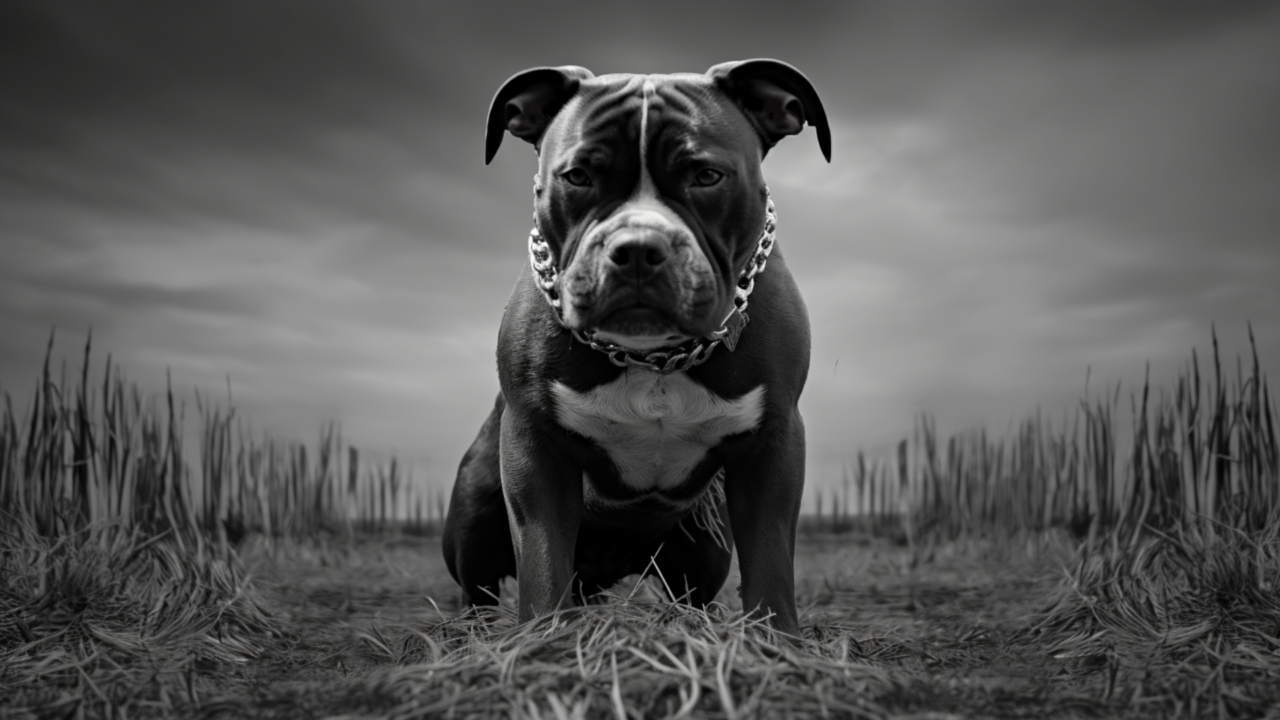The UK prime minister, Rishi Sunak, has announced a ban on the American XL bully breed following a rise in serious dog attacks last year. Here’s why I believe the move is short-sighted, tokenistic, and ultimately destined to fail.
Does the UK government enjoy anything more than a knee-jerk reaction these days? Here I sit, exasperated, pleading that policymakers adopt a holistic and sensible approach to addressing a serious issue – for once.
If you live in the UK, you’ll no doubt have seen newspaper headlines and TV reports in recent weeks describing a sharp rise in dog attacks since 2020.
Several distressing videos and eyewitness accounts have emerged on social media revealing fatal attacks involving adult and child bystanders. The government has hastily responded with measures it hopes will diminish the volume of incidents whilst sating a growing sense of public hysteria.
Currently bearing the brunt of this onus is a breed unfortunately named the ‘American XL bully’. First emerging in the 1990s as a result of crossbreeding involving pit bulls, English bulldogs, and American bulldogs, the XL bully has become an increasingly popular pet of choice for big dog lovers since 2014.
To look at, they’re essentially a more heavy-set, muscular version of a Staffordshire bull terrier typically weighing anywhere between 40kg and 60kg. Like the majority of bulldog breeds, they’ve become something of a modern fashion symbol with pups selling for thousands at a pop from licensed and unlicensed breeders.
As of 2024, however, owning one of these dogs will be considered illegal – barring exceptional cases – due to a nation-wide ban implemented last week by Rishi Sunak. Hours after a man succumbed to injuries inflicted by two dogs believed to be XL bullies in Staffordshire, the PM announced the new measures.
It’s clear the American XL Bully dog is a danger to our communities.
I’ve ordered urgent work to define and ban this breed so we can end these violent attacks and keep people safe. pic.twitter.com/Qlxwme2UPQ
— Rishi Sunak (@RishiSunak) September 15, 2023
This represents the first time a dog breed has been added to the Dangerous Dogs Act since the pit bull in 1991, and will inevitably lead to hundreds of dogs being seized and euthanised in the coming years if the bill remains instated in its current form.
The ruling claims that exemptions will reportedly be granted for some, though that will depend on ambiguous terms and an on-hand officer’s personal discretion.
If an animal is deemed ‘not to be a danger to society’, has a fit and proper owner, is neutered and micro-chipped, and is covered by physical harm insurance, preemptive action may not be taken.
Knowing full well that several hundred dogs will not be brought forward in this official capacity, the government continues to assure that an ‘amnesty’ approach is to be taken and not a cull. That’s a funny pledge, considering banned dog breeds cannot be re-homed in the UK.
Statistics shared by the government claim that American XL bullies have been responsible for three of the last seven fatal dog attacks in the UK, though data on the subject is far from infallible and details are consistently challenged by outsider organisations.
When looking to see which breeds are responsible for the majority of non-fatal dog attacks, for instance, there is a glaring lack of available information.
Having researched the loose protocols in place, personally, I’m absolutely not satisfied that emotionally driven bias isn’t playing a significant part in the decisions being made.
What Metropolitan police files can ratify is that hospital admissions for dog bites soared by 154% from 1999 to 2019 despite the prohibition of several ‘dangerous’ breeds and the ensuing euthanisation of thousands of animals.
Understandably contentious and divisive as the subject is, one cannot deny that this statistic represents anything but abject failure. Therefore, surely it bares asking: are national dog bans a short-sighted waste of time, and what is the alternative?
A government survey conducted in 2010 asked a total of 67 organisations if they believed breed-specific UK legislation to be effective in protecting the public from dangerous dogs. A resounding 88% of 2,850 responses said no.




















